Tell us about the first time you were exposed to marbling. What attracted you to the art form and why were you compelled to learn how to do it?
The first live demonstration of marbling I witnessed was in historic Williamsburg, Va. in the late ‘80s. In the Print Shop, a gentleman in Colonial garb was pulling these wonderful patterned papers from a battered, dull copper vat. The papers and the process immediately appealed to me. Unfortunately, this was before the advent of personal computers and the ever-helpful Google. It was difficult to track down the odd materials necessary for marbling.
Arrowmont School of Arts and Crafts in Gatlinburg, Tenn., which is right near me, offered a marbling class taught by Mimi Schleicher in 1990. I was hooked immediately! There was no turning back! Mimi’s mother, Patty Schleicher, traveled to the class to teach an impromptu book binding session. I still hear her voice telling all of us to brush glue from the middle gently out to the edges of the covers of our first books. I had always been attracted to letter forms, old books, and all things paper, so marbling encompassed all this for me.
After Mimi’s workshop, I ordered the elusive materials: ox gall, watercolor marbling paints, carrageenan, and aluminum sulphate. I mixed it all up and remember standing behind a brand new wooden tray and wondering, “What do I do now!?!?” Eventually, after much experimentation and many terrible papers, a rhythm developed. Stones, Gelgit, Nonpareil, adapt, repeat. The steps were comforting, the consistency of results was encouraging, the range of colors and patterns were seemingly endless, the reoccurring air bubbles were continuously frustrating.
How has the art form changed from the days when you first started marbling? What is the most noticeable difference in marbling today from when you first started marbling?
Marbling is one giant science experiment. I made a transition from the paints I learned to marble with to Golden Fluid Acrylics. I dropped the nasty ox gall to the new equivalent of Golden’s Acrylic Flow Release, which I believe has been renamed as a Wetting Agent. I never did like the stirring the clay bodies that settled at the bottom of the open jars. I prefer my paints in plastic squeeze/shaker bottles. The acrylics stay suspended over time (except for the blues).
How would you describe your marbling style (i.e. traditional, contemporary, experimental, modern, etc.) and why do you approach the art form that way?
My marbling style is all across the spectrum. I am happy marbling traditional patterns all day long. Some days, I am ecstatic to create lots of border white space and marble just the essence of a contemporary interpretation of a pattern. I marble paper, silk scarves, leather, three-dimensional objects. I’m always expanding my expertise for my own growth and for the students I teach.

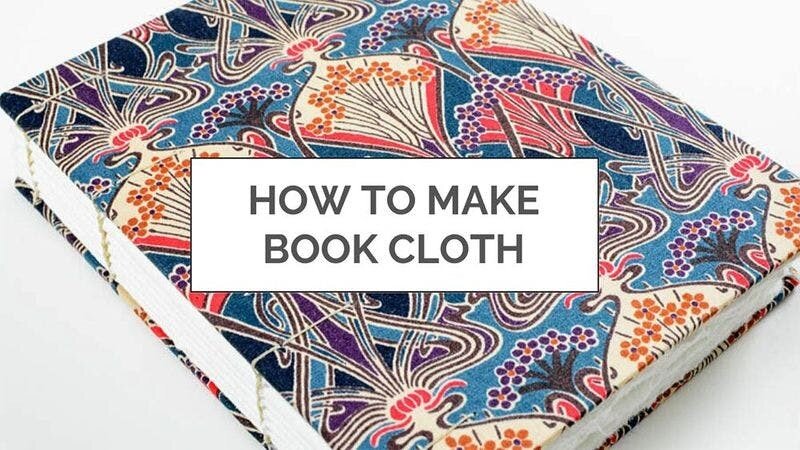
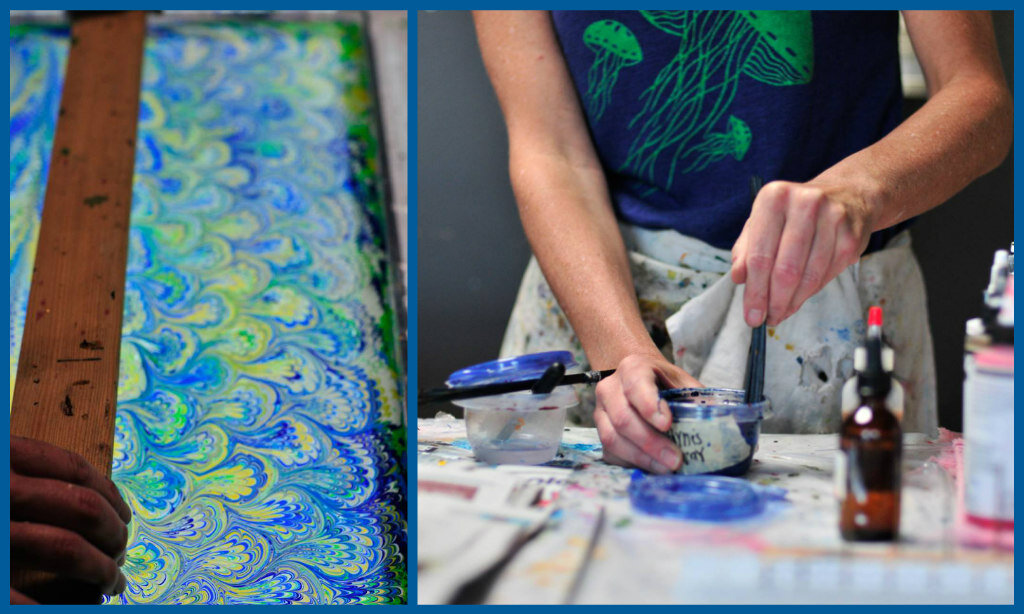





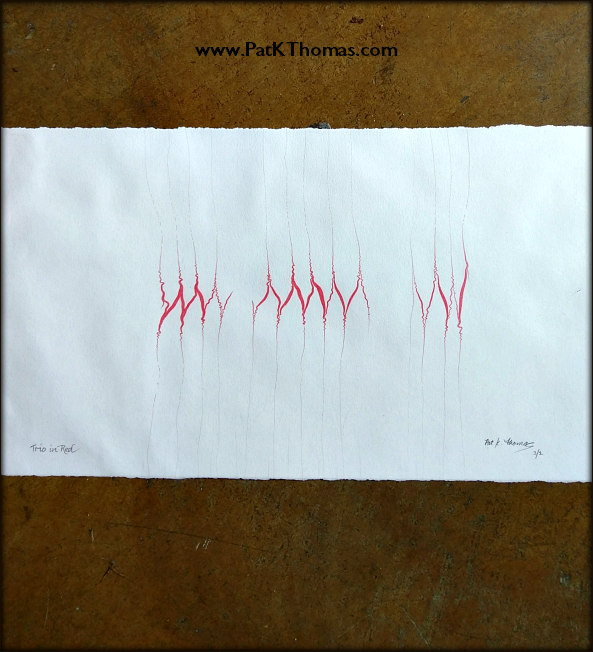
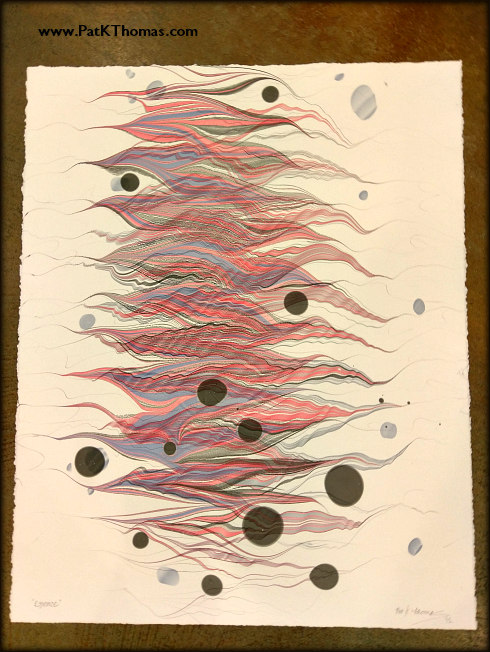
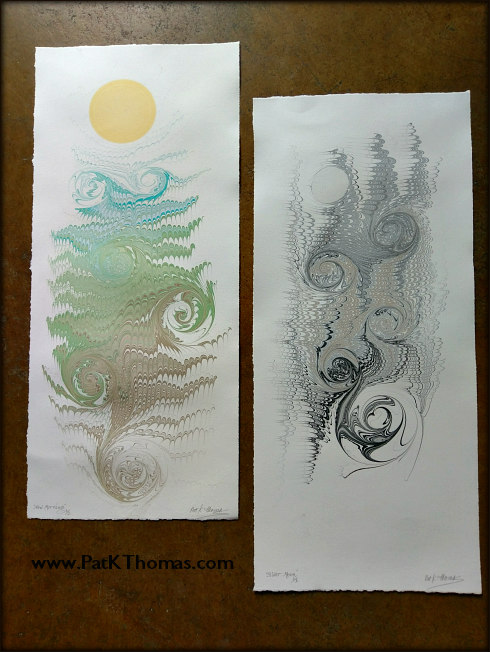
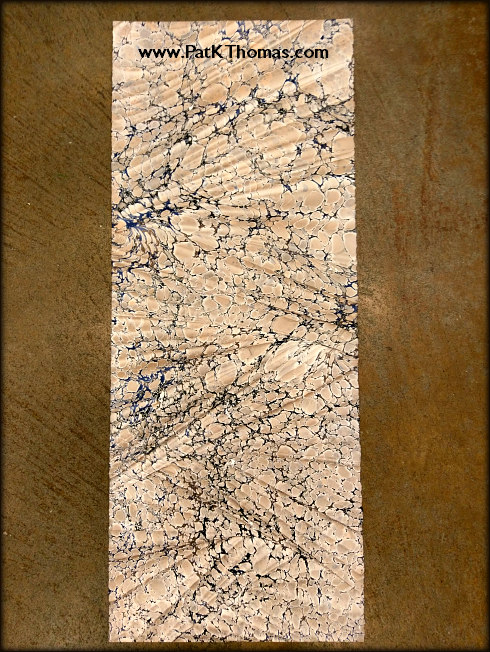


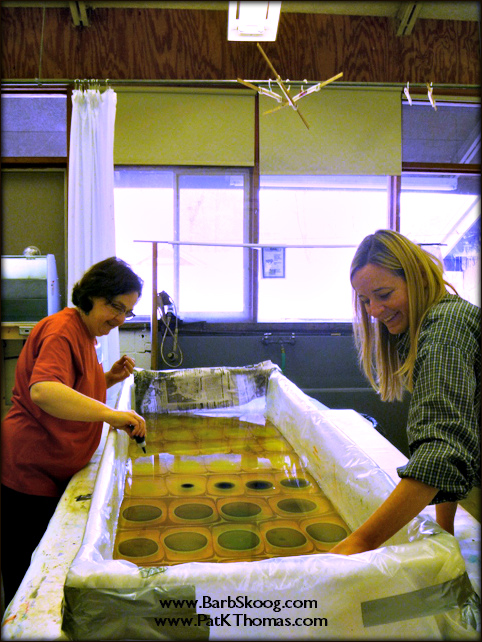


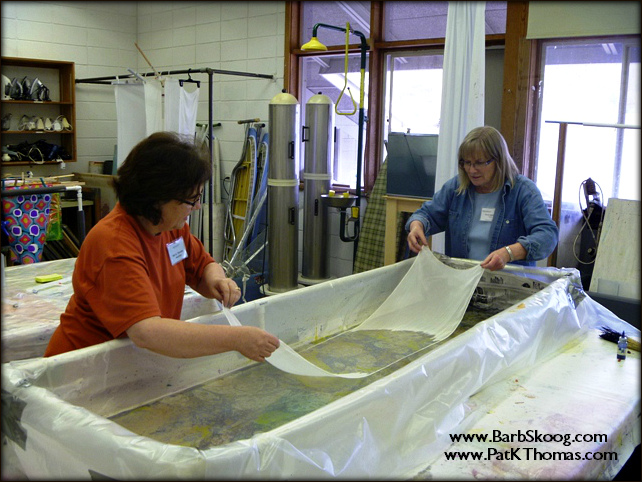
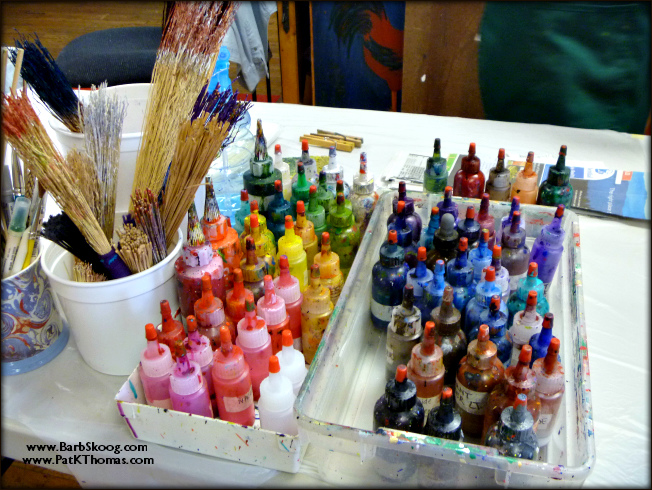
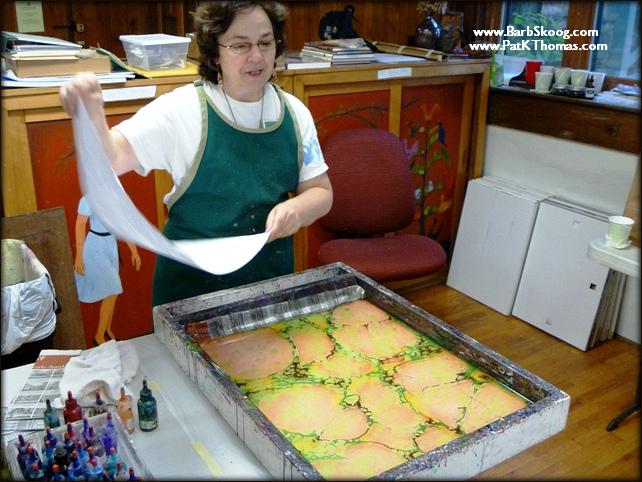
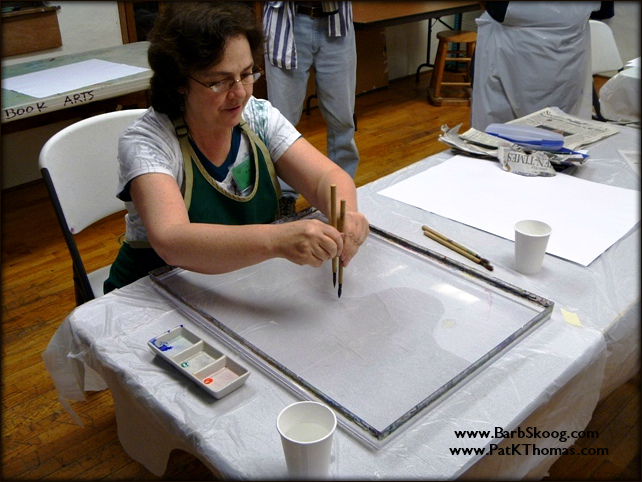
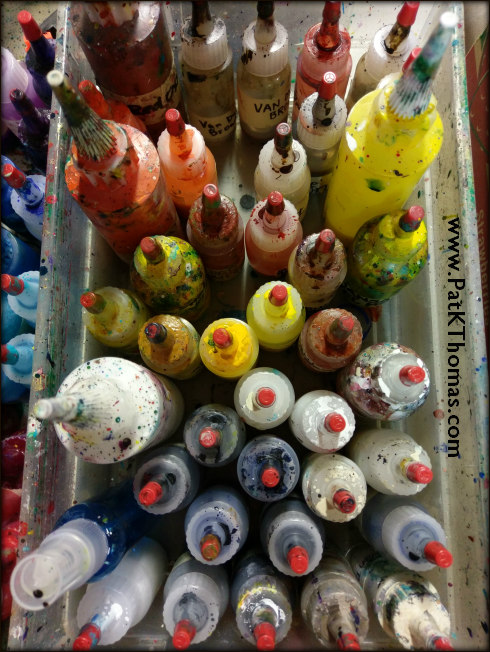
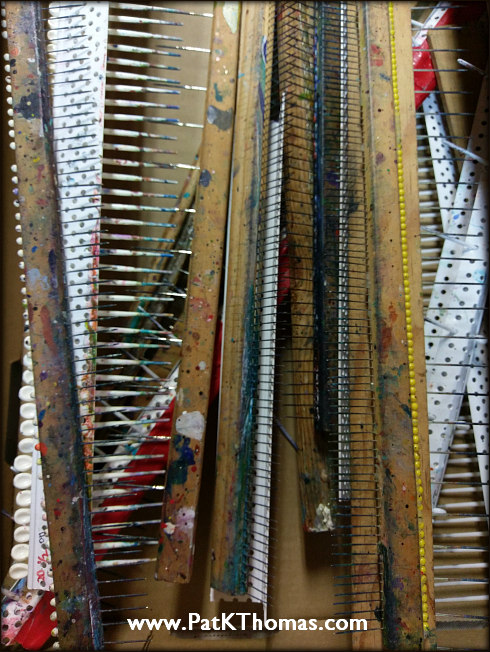
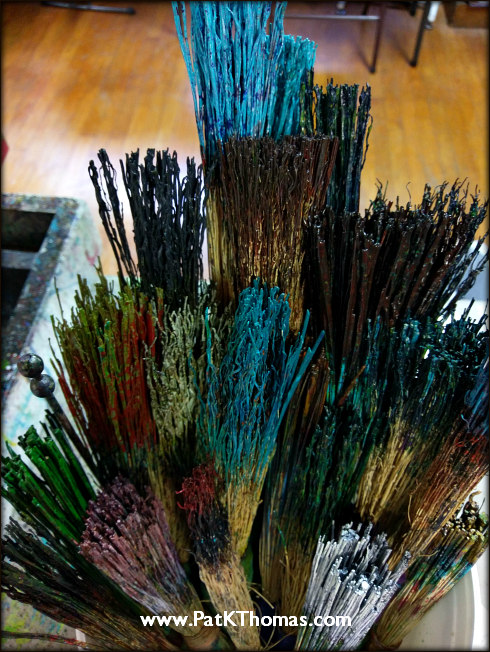
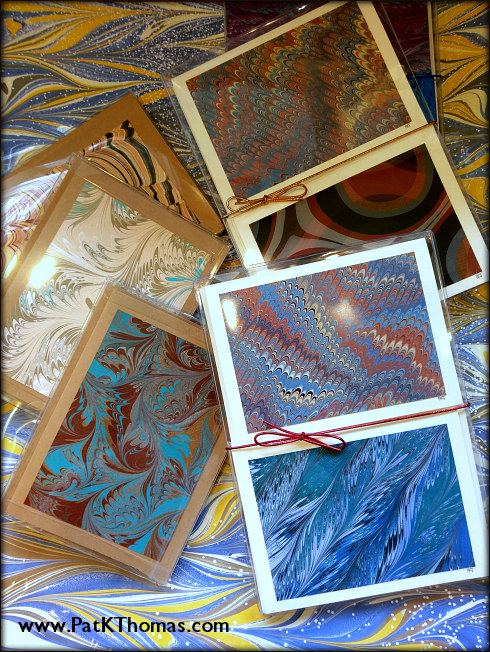
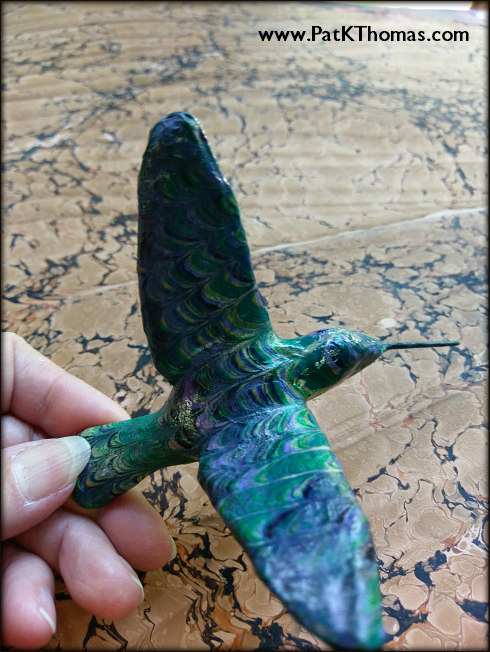
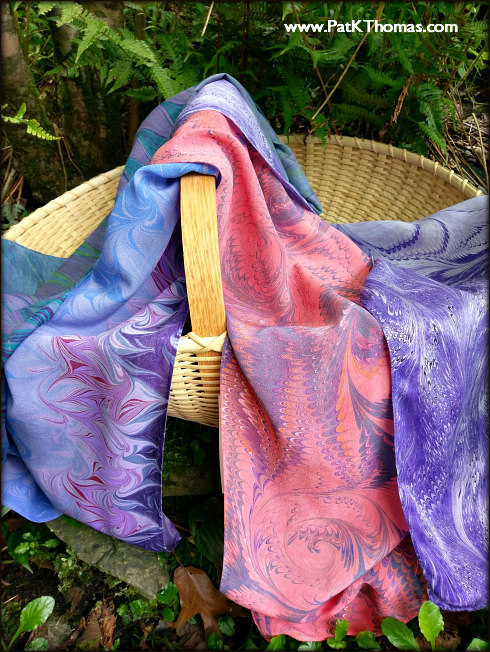






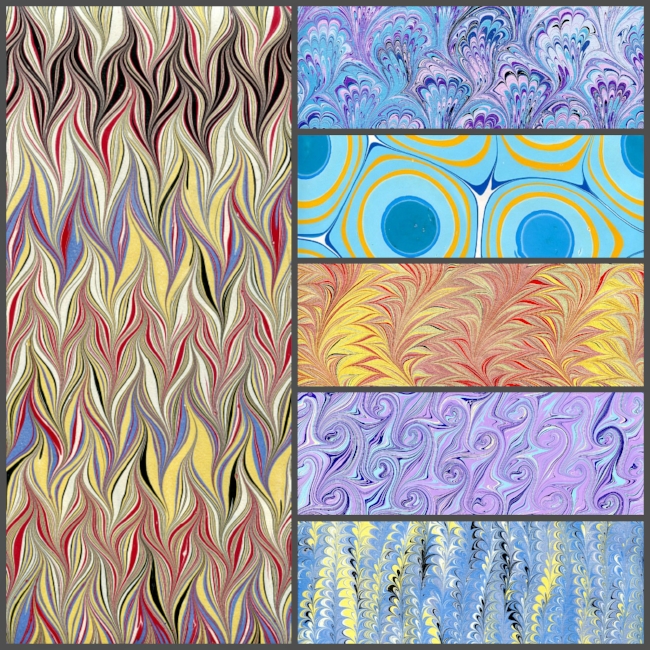

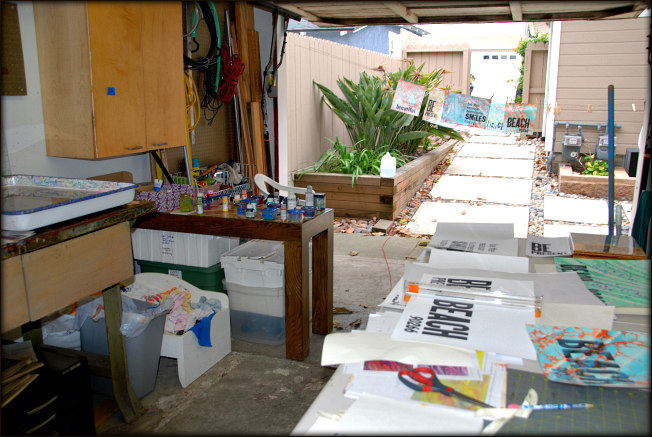
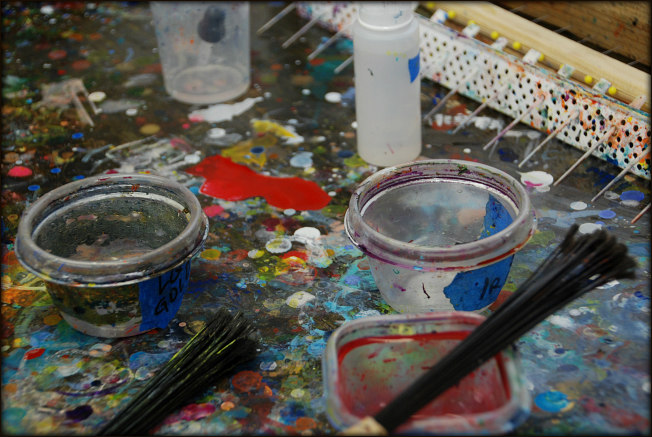
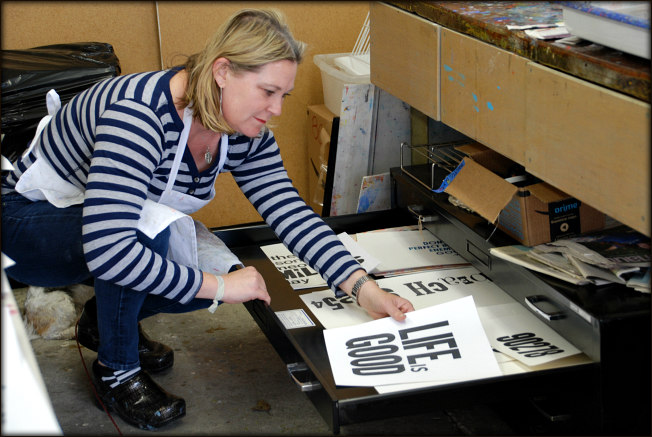
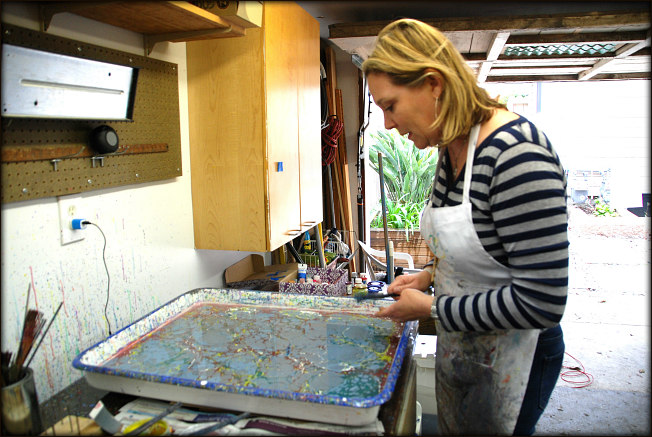
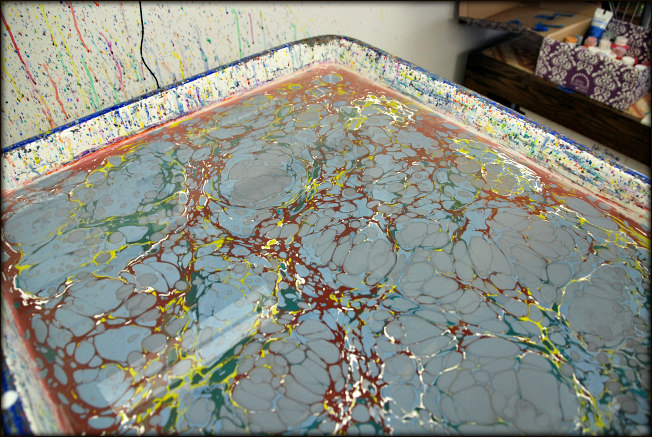
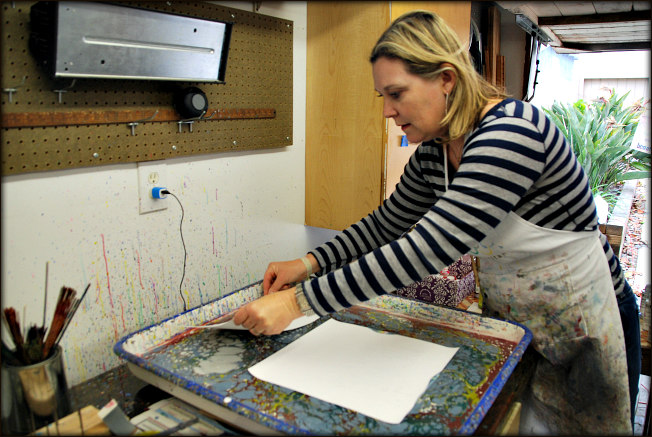
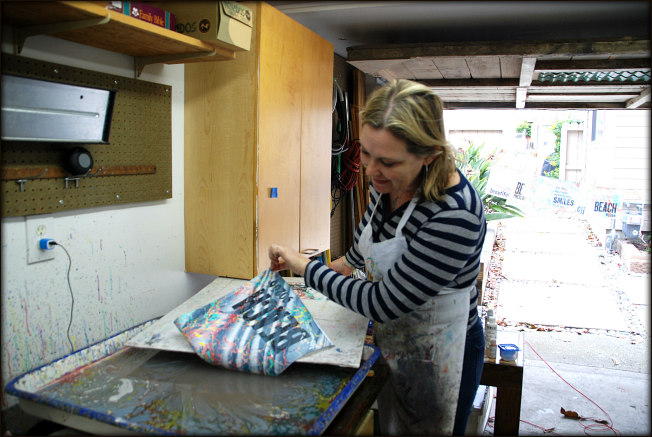
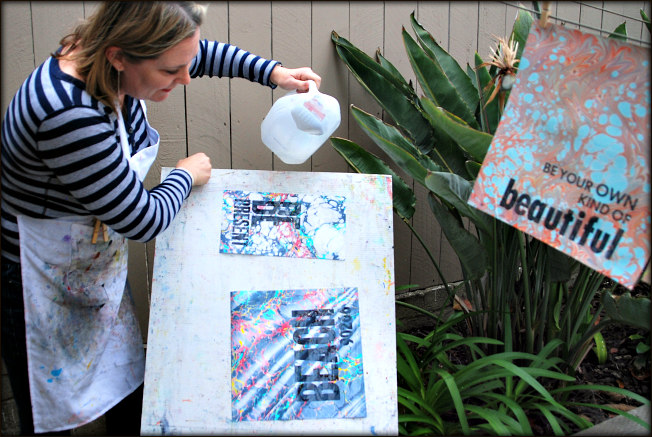
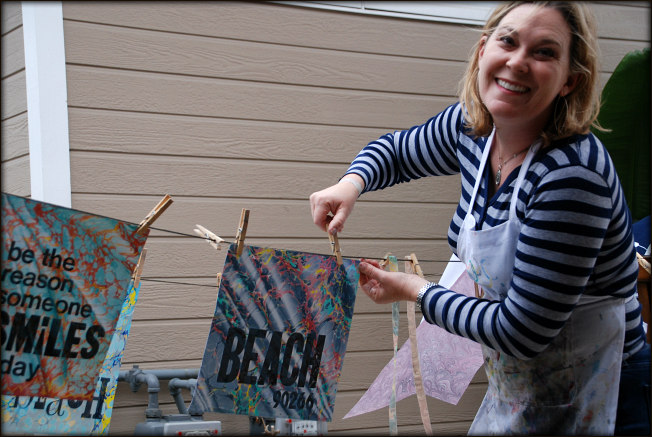
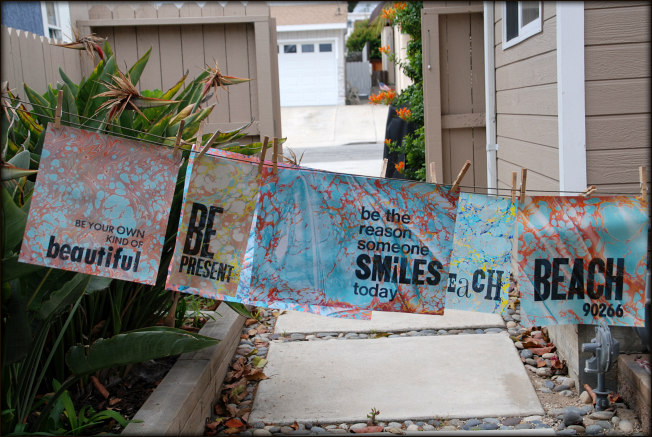
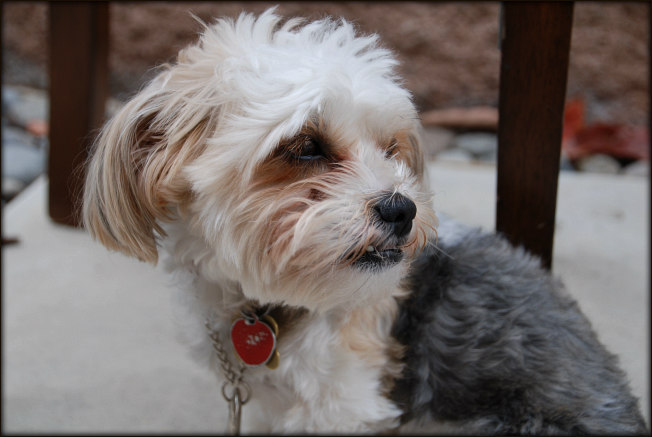
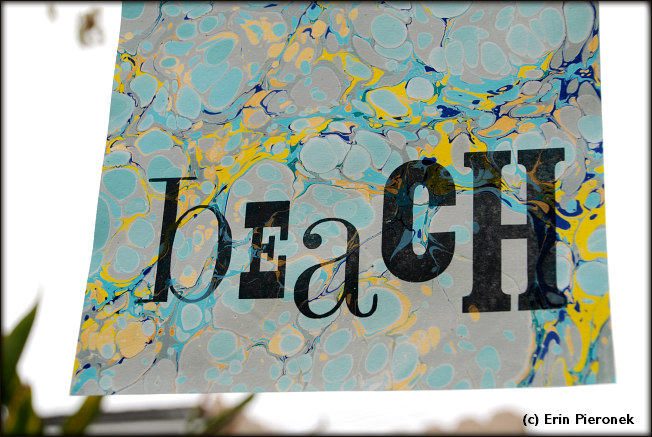
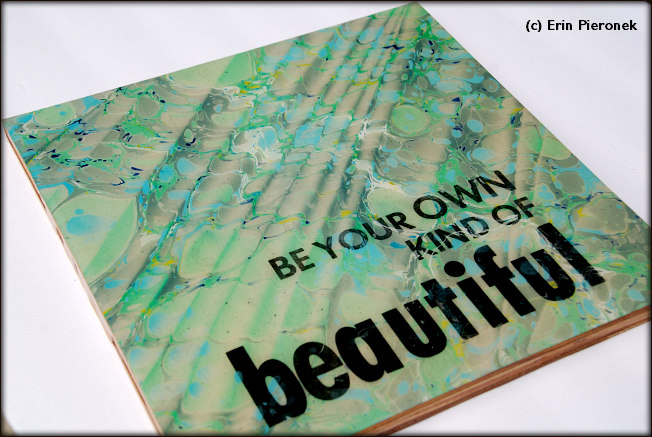
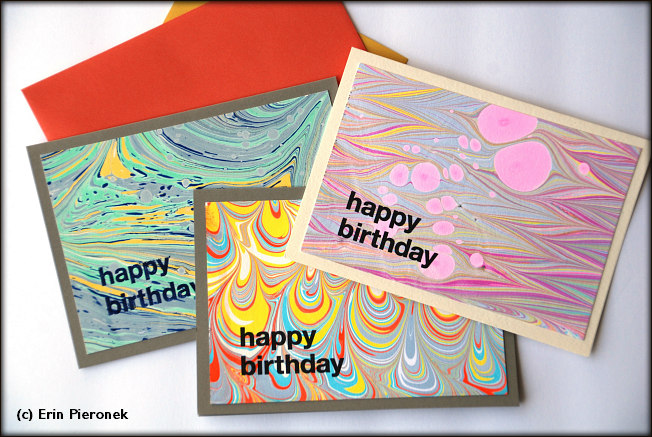
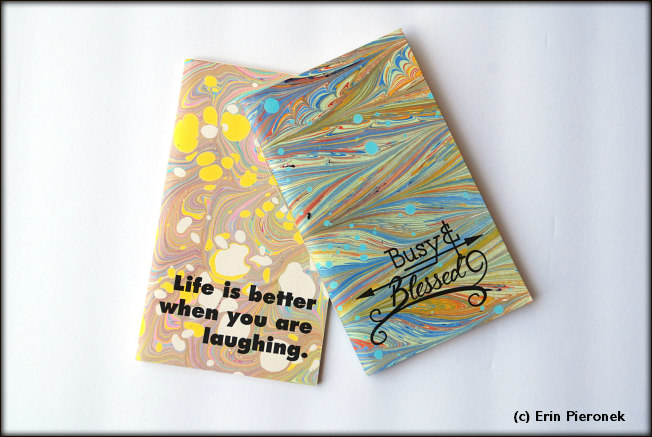
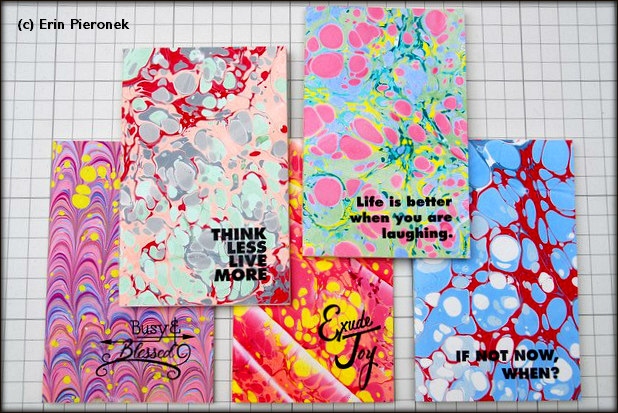
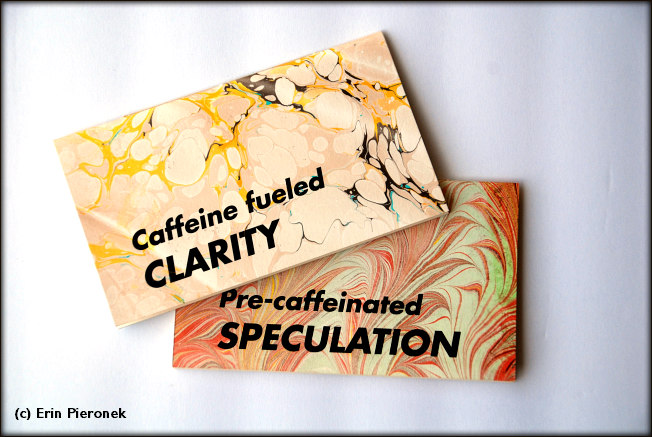
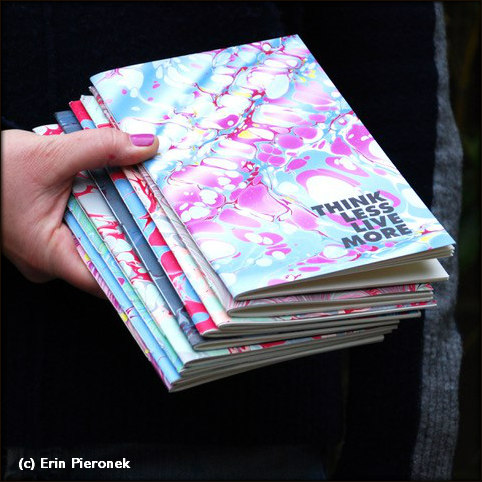
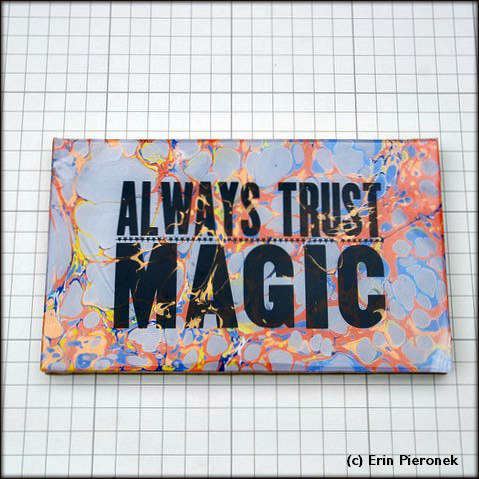
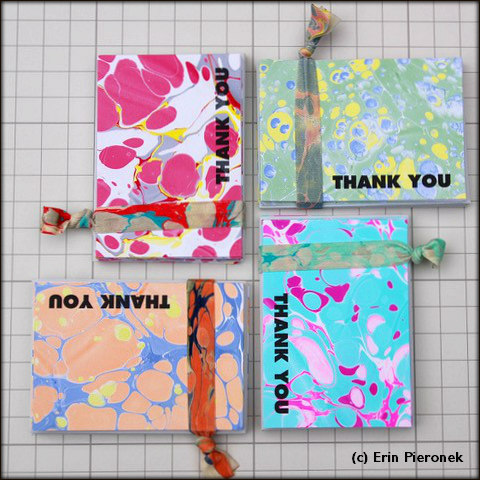
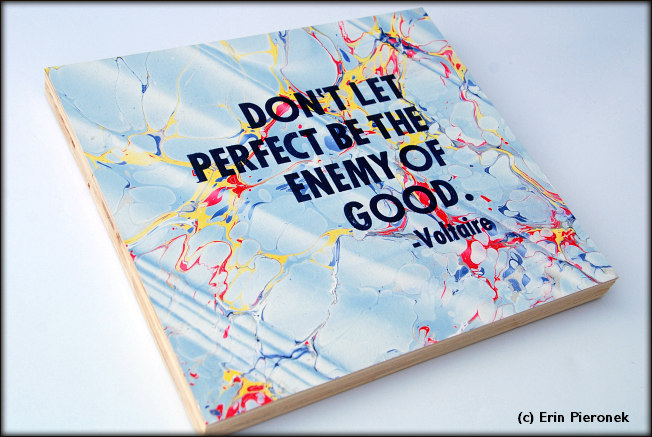






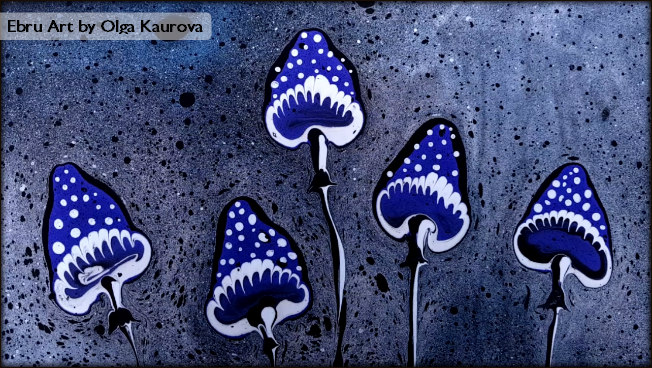
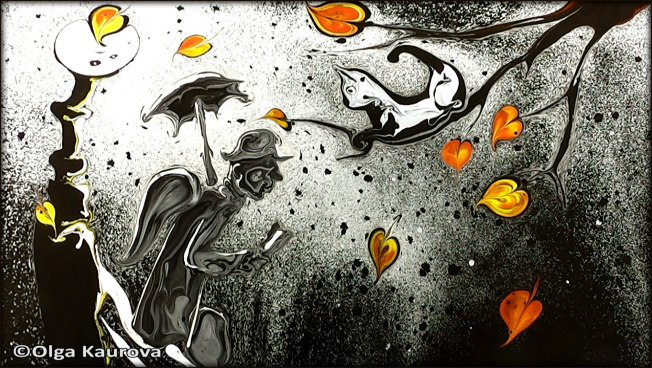
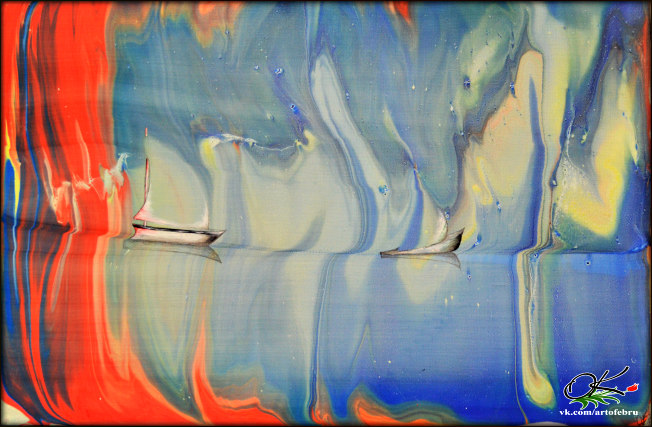
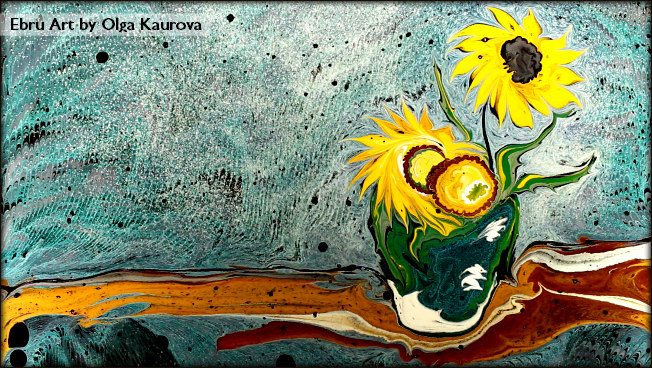
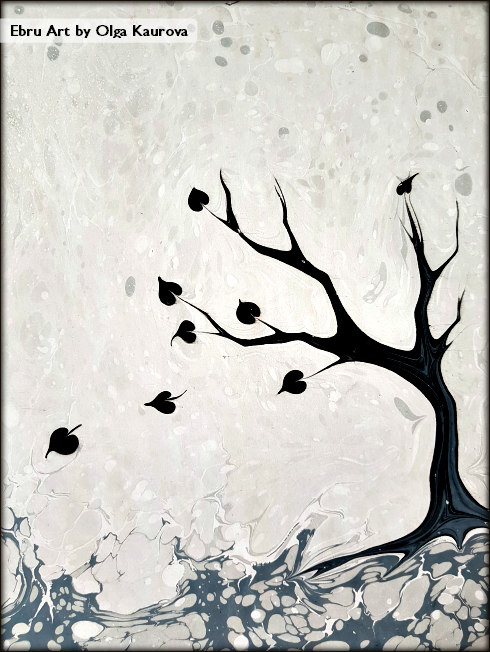
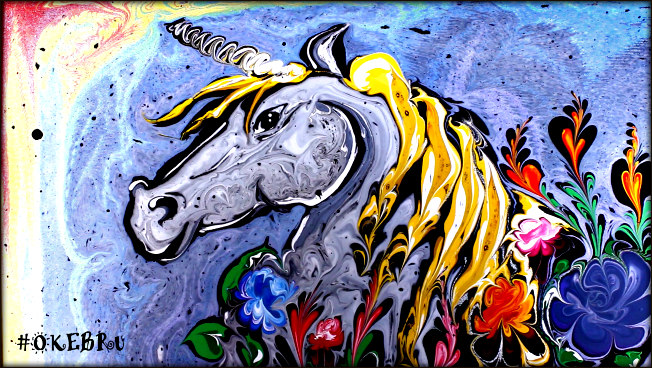
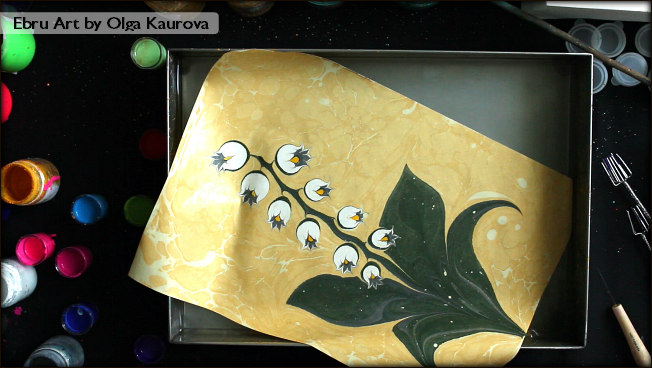
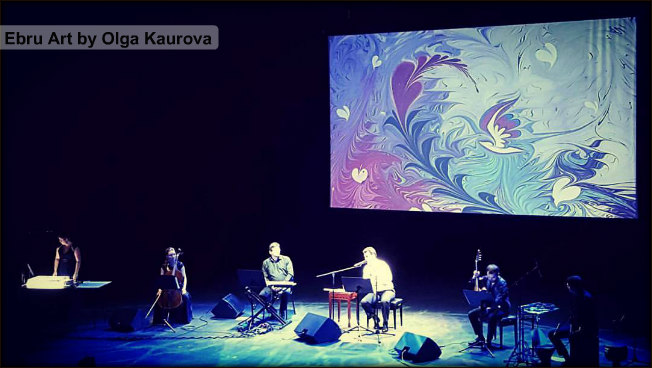
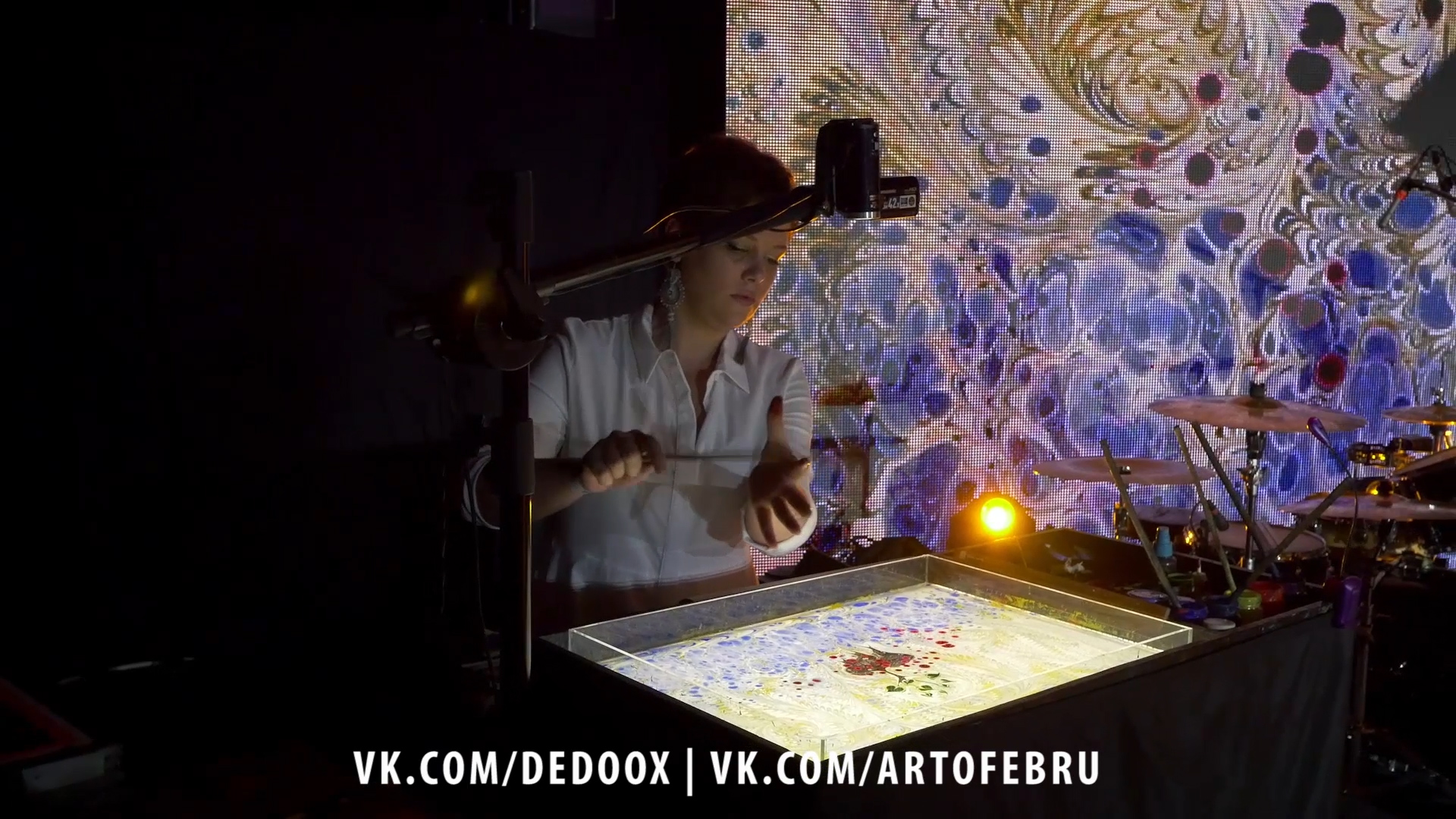
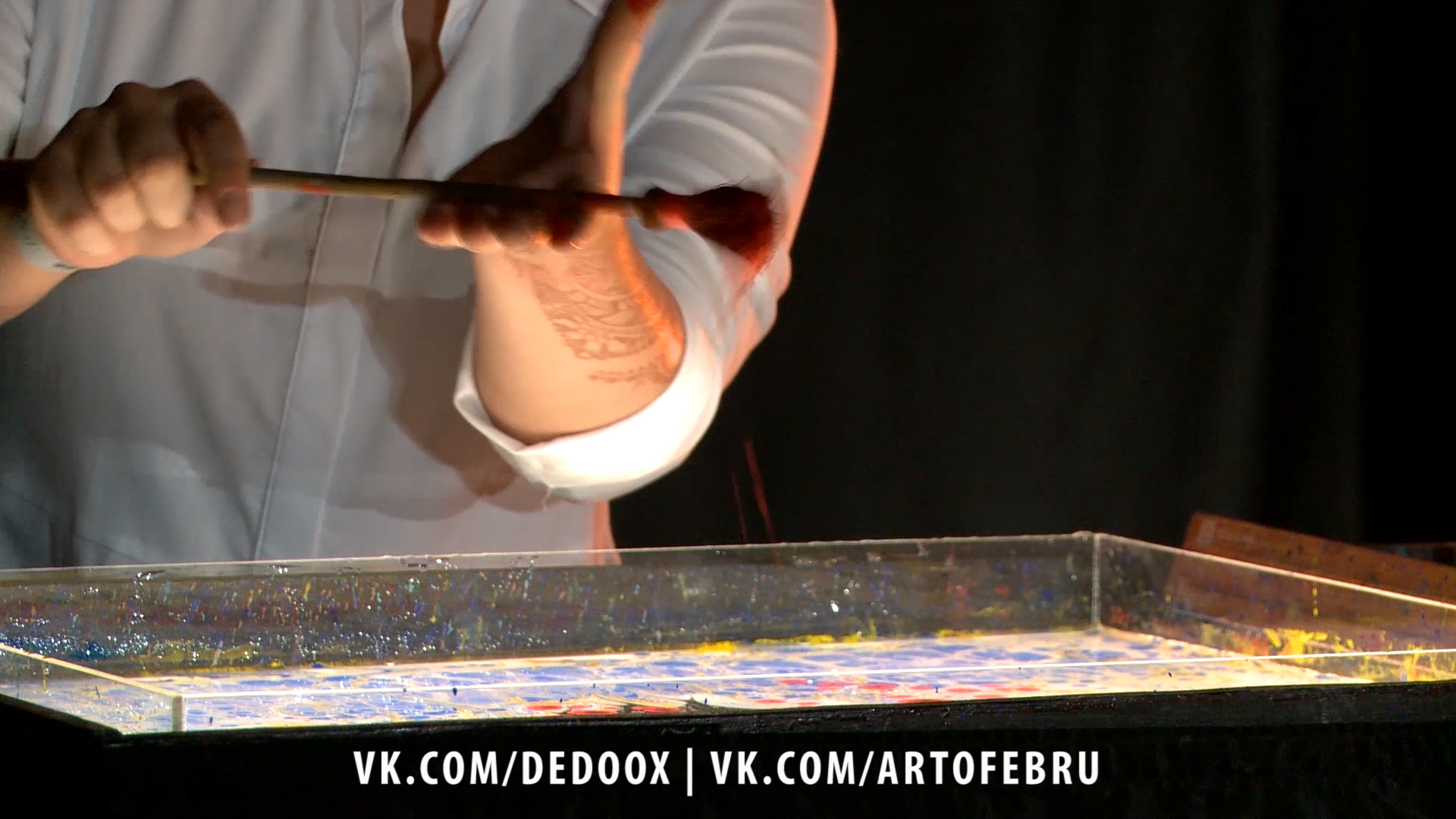

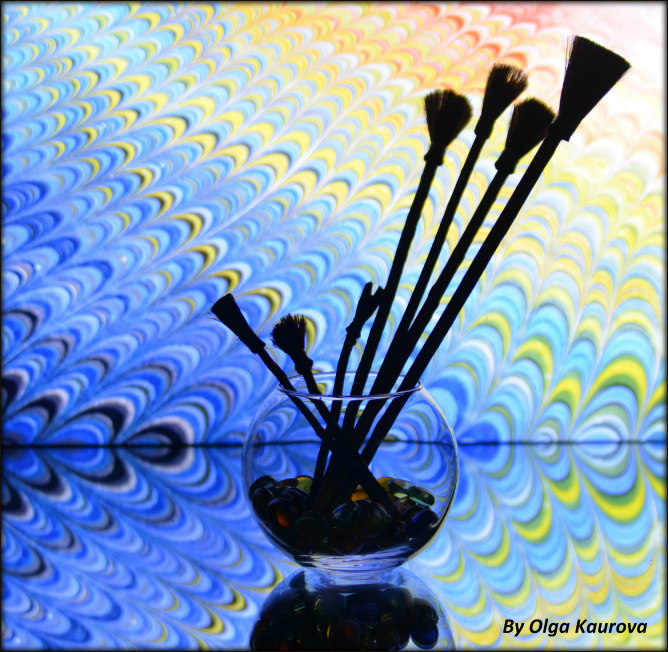
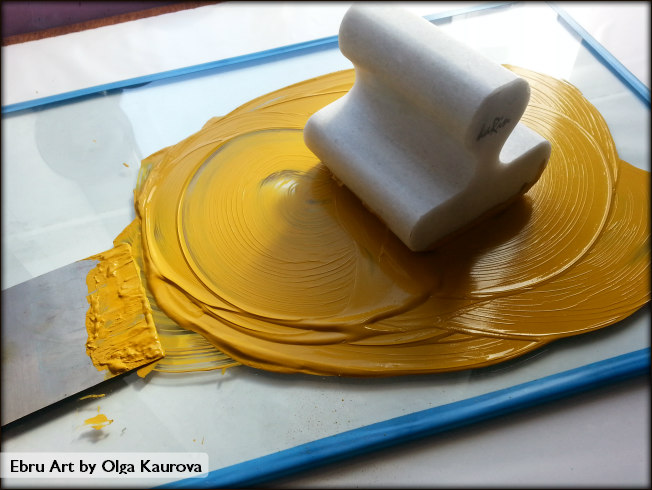

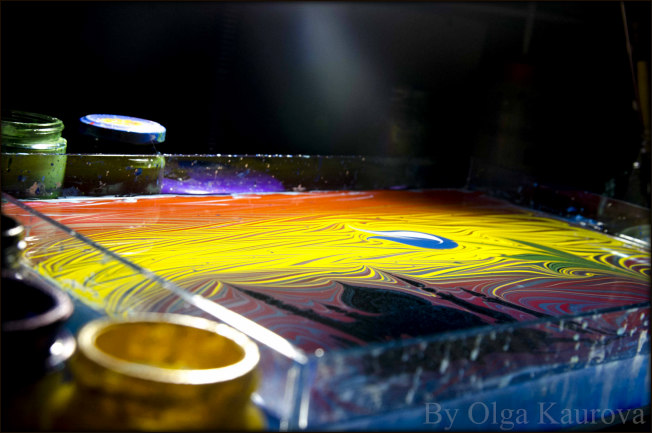
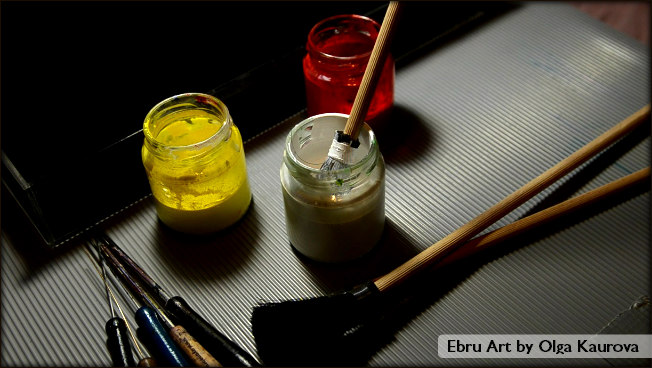


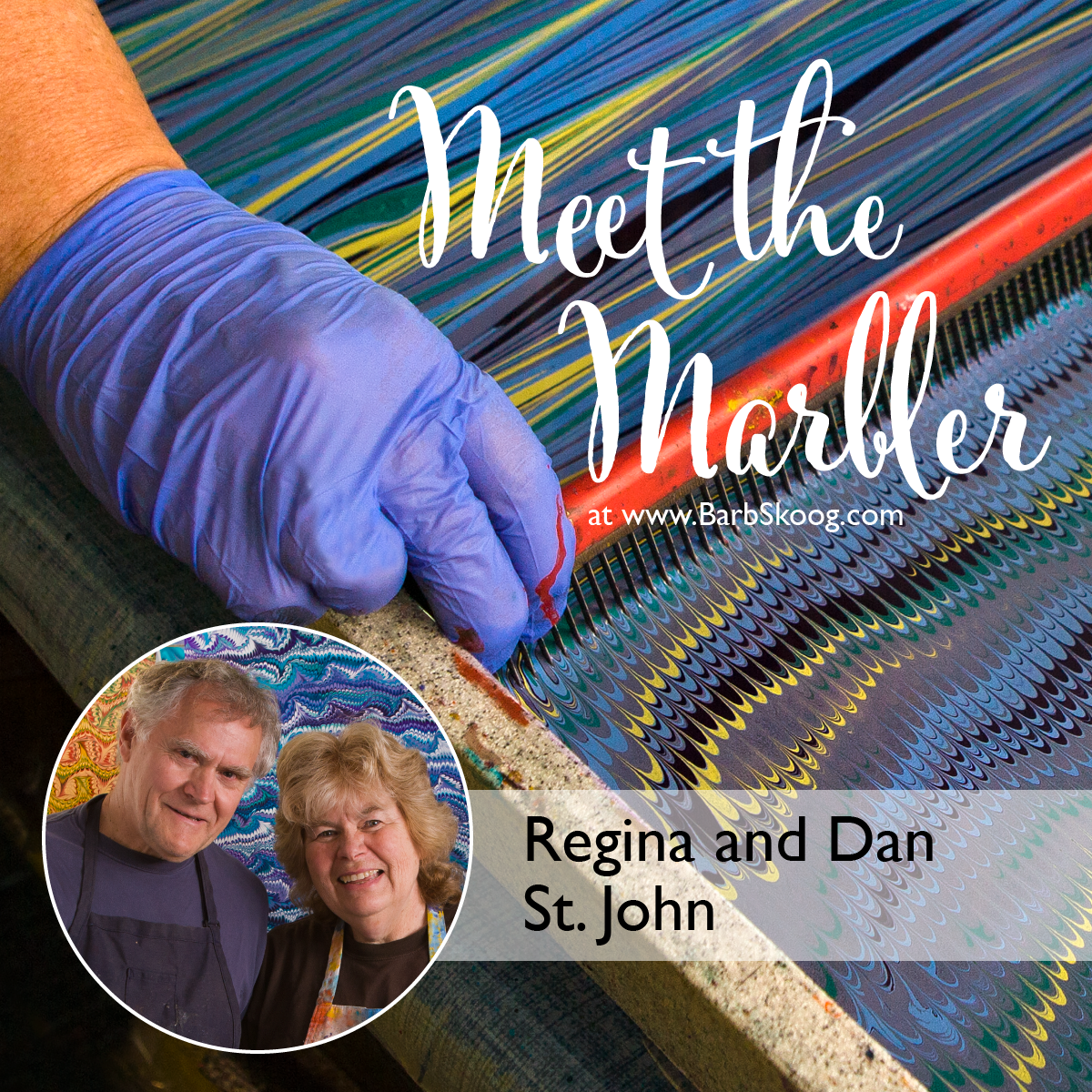
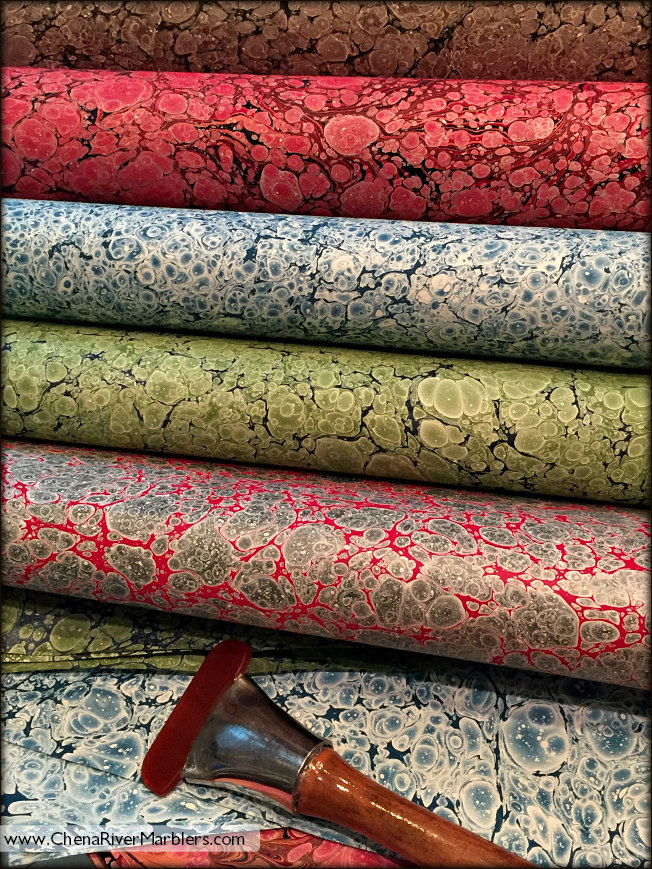
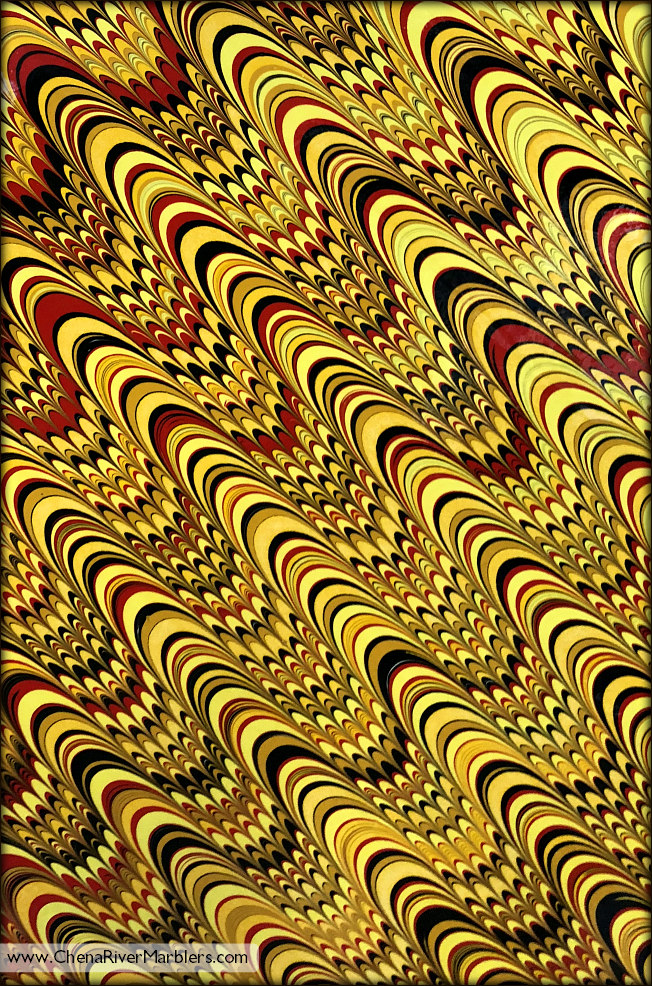
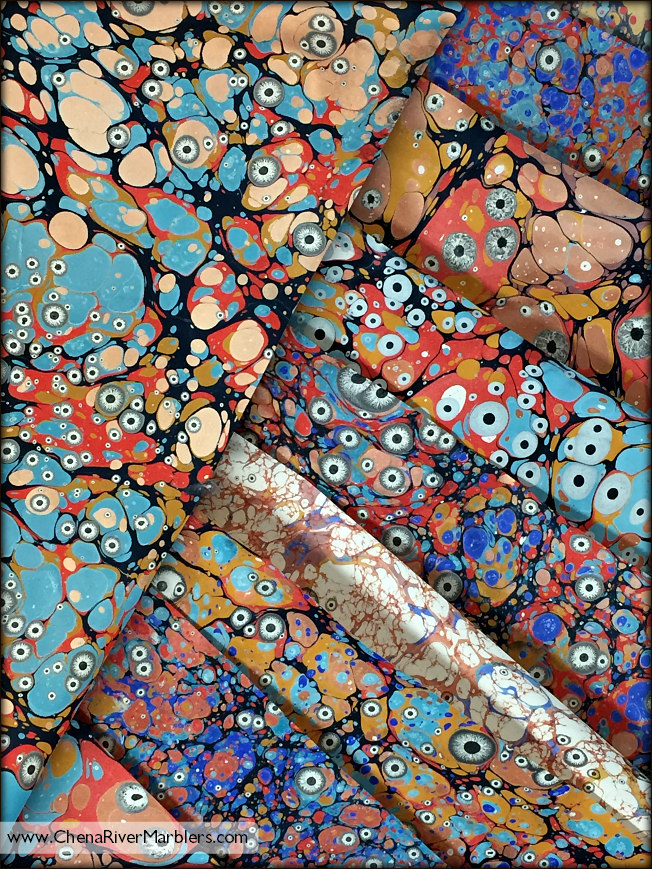

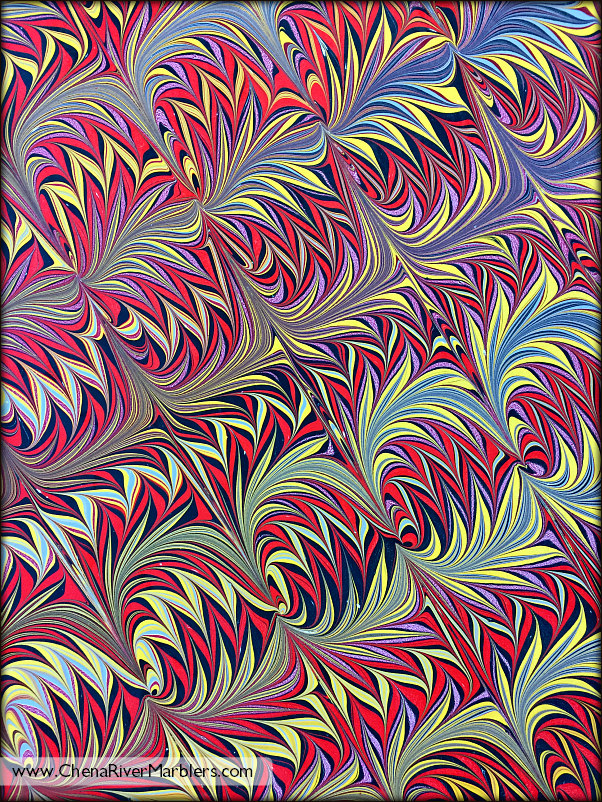
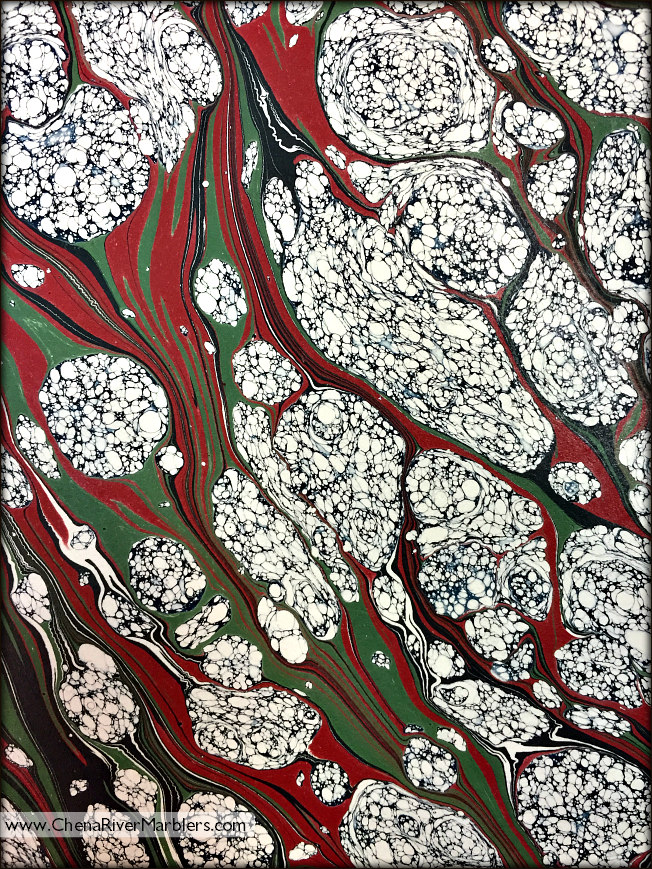
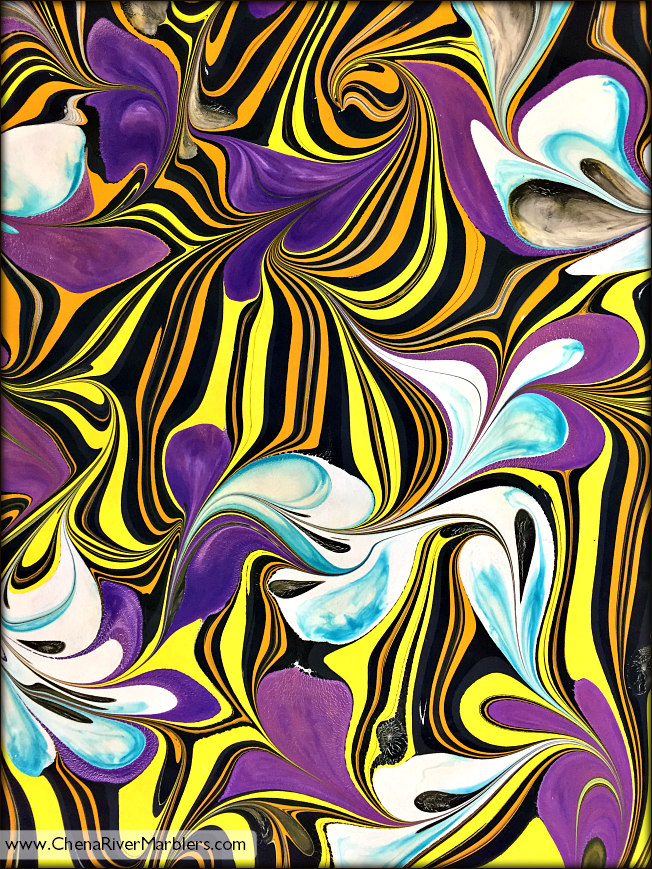
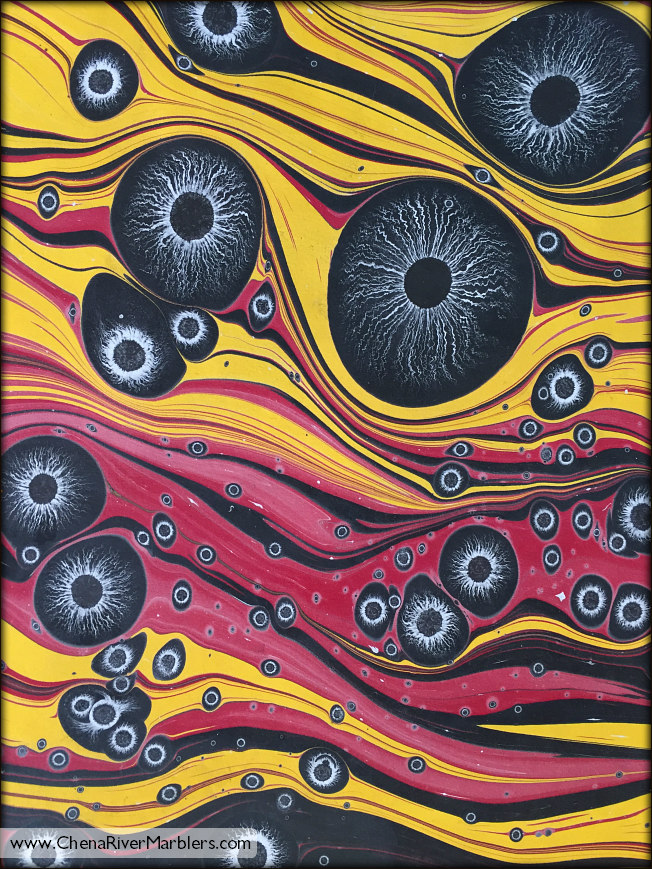
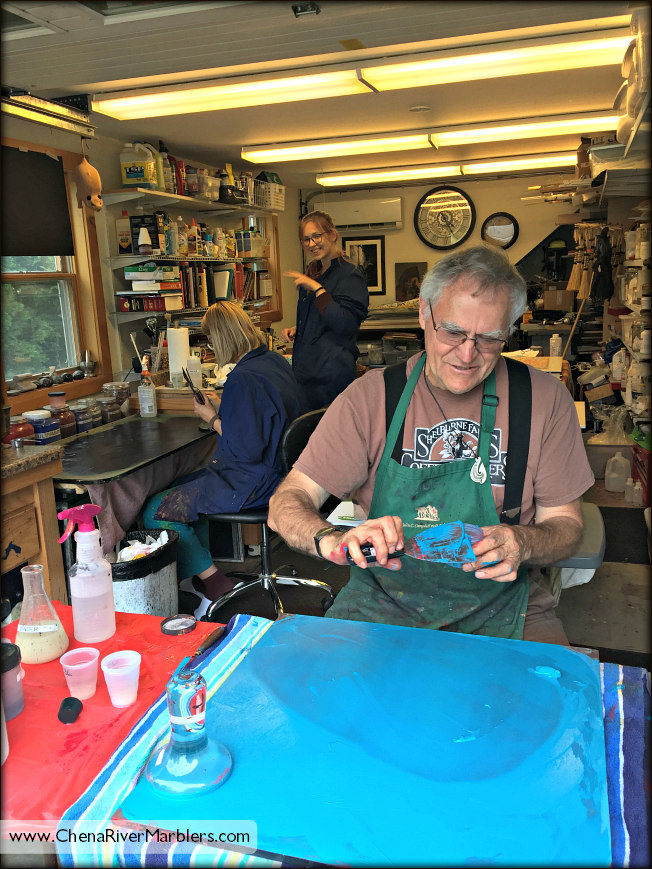
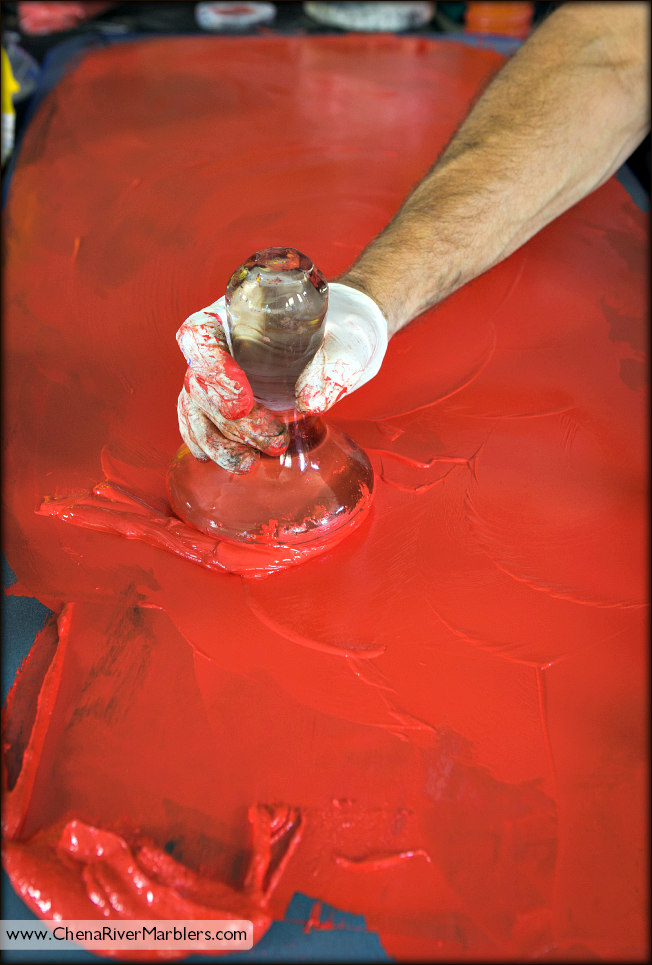
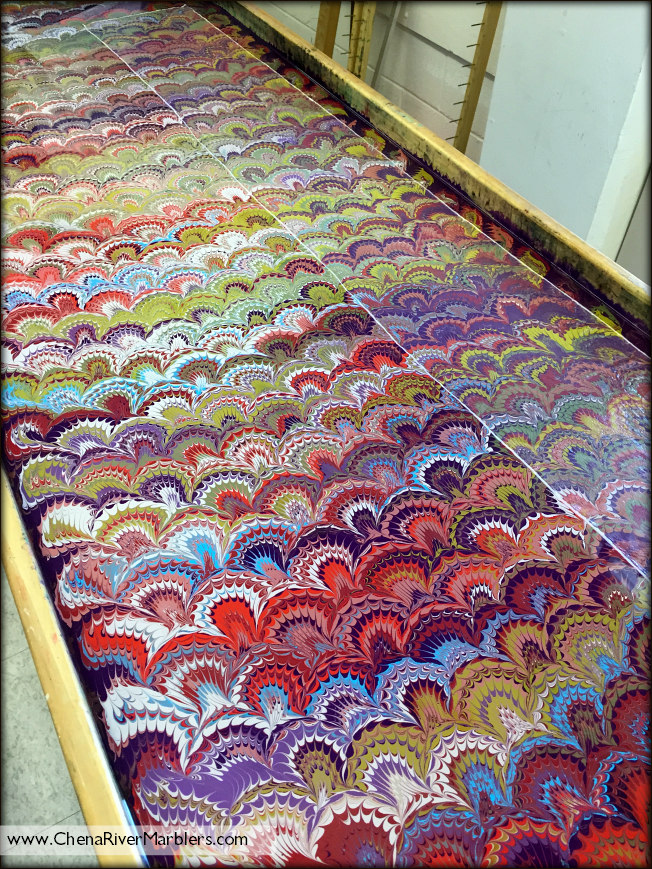
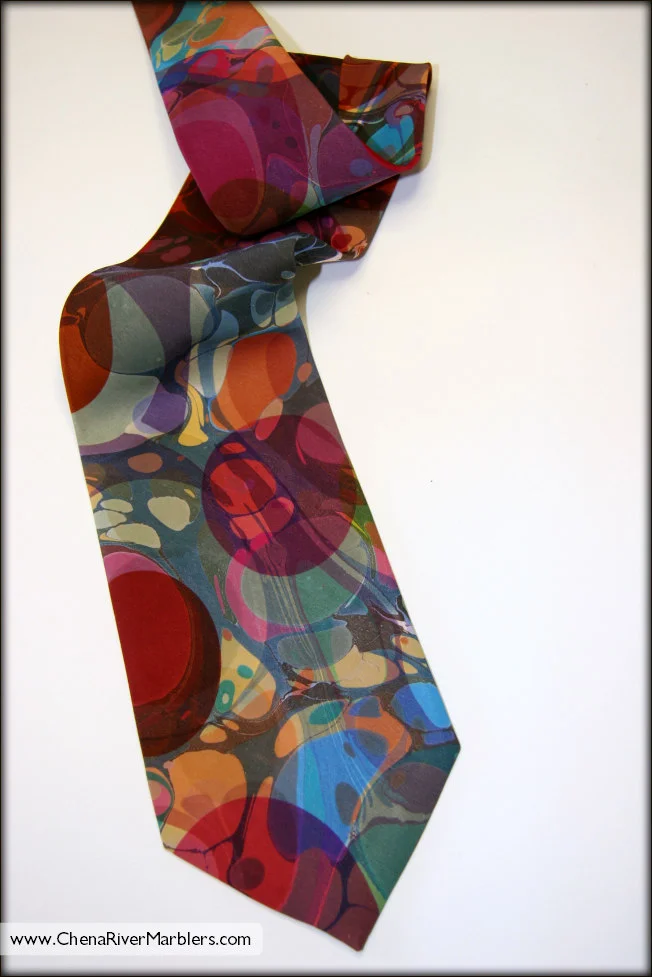
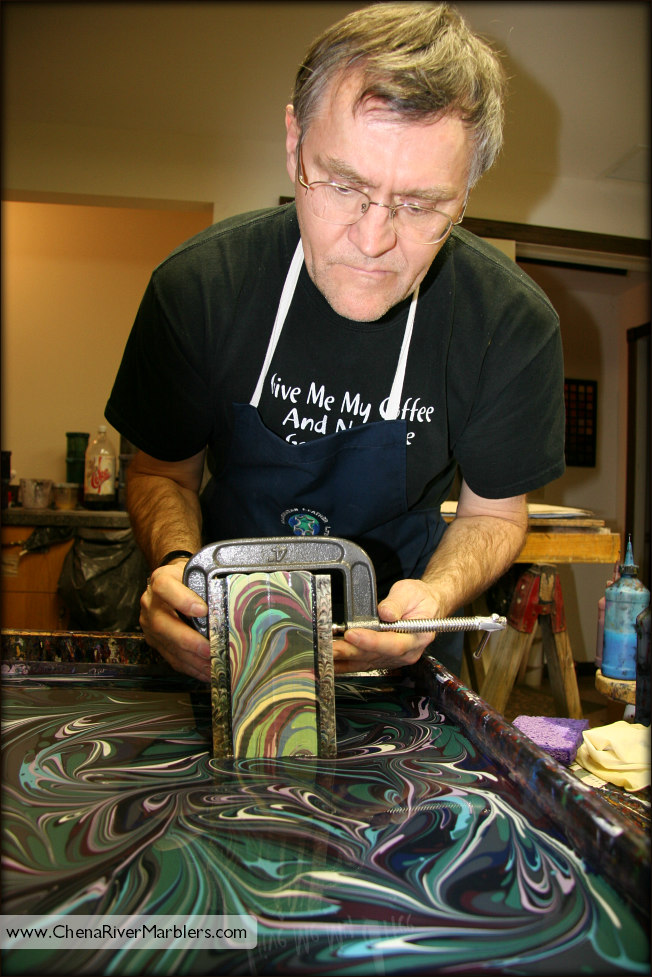
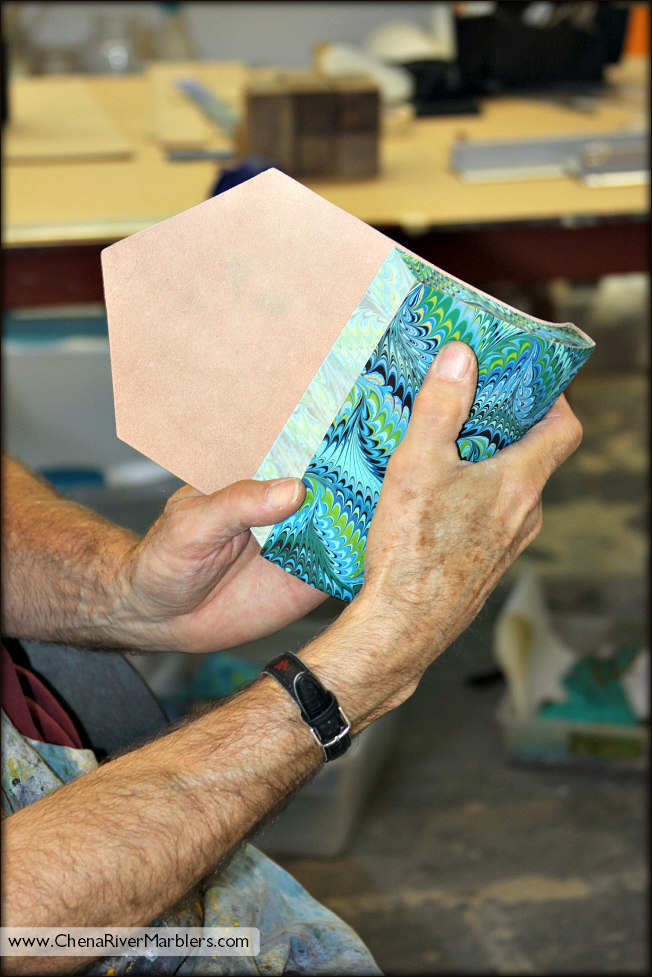
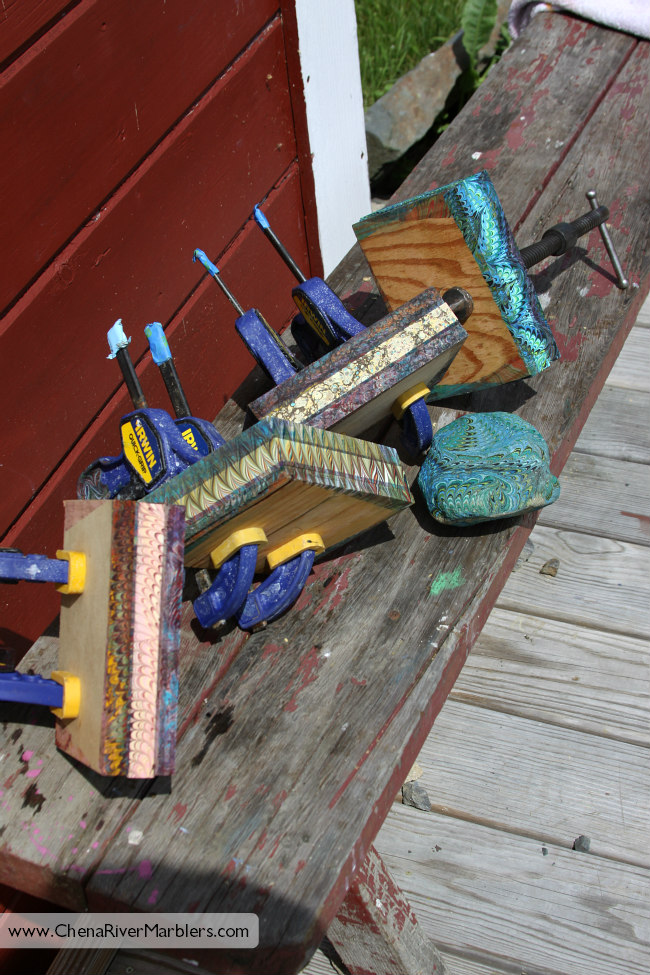






![IMG_20180313_085926_434[1].jpg](https://images.squarespace-cdn.com/content/v1/54c3d65fe4b08c8849ff34ff/1520959559437-D012VJGC9DNK1LEGUH6T/IMG_20180313_085926_434%5B1%5D.jpg)
![IMG_20180313_085926_421[1].jpg](https://images.squarespace-cdn.com/content/v1/54c3d65fe4b08c8849ff34ff/1520960573047-DNGROVJ59VLL2KEB5NRW/IMG_20180313_085926_421%5B1%5D.jpg)
![IMG_20180313_085926_422[1].jpg](https://images.squarespace-cdn.com/content/v1/54c3d65fe4b08c8849ff34ff/1520960585917-CWJZ71MWK6AFERUML1QQ/IMG_20180313_085926_422%5B1%5D.jpg)
![IMAG5564[1].jpg](https://images.squarespace-cdn.com/content/v1/54c3d65fe4b08c8849ff34ff/1520960649794-D34MWIIT1QY57S6V42Y7/IMAG5564%5B1%5D.jpg)
![IMG_20180313_085926_425[1].jpg](https://images.squarespace-cdn.com/content/v1/54c3d65fe4b08c8849ff34ff/1520960720081-HJ09LTQVM83E37S2RDQ2/IMG_20180313_085926_425%5B1%5D.jpg)
![IMAG5544[1].jpg](https://images.squarespace-cdn.com/content/v1/54c3d65fe4b08c8849ff34ff/1520960856883-74SS0EN5MZUOU9Y8BMDC/IMAG5544%5B1%5D.jpg)
![IMAG5532[1].jpg](https://images.squarespace-cdn.com/content/v1/54c3d65fe4b08c8849ff34ff/1520960819854-UP8DV35VMDUEUL05J1BZ/IMAG5532%5B1%5D.jpg)
![IMAG5572[1].jpg](https://images.squarespace-cdn.com/content/v1/54c3d65fe4b08c8849ff34ff/1520961102969-O27MBDOQ39SJNN85CMUR/IMAG5572%5B1%5D.jpg)
![IMAG5555[1].jpg](https://images.squarespace-cdn.com/content/v1/54c3d65fe4b08c8849ff34ff/1520961215421-593P9ET8YDXOHO3BU74X/IMAG5555%5B1%5D.jpg)
![IMAG5559[1].jpg](https://images.squarespace-cdn.com/content/v1/54c3d65fe4b08c8849ff34ff/1520961268789-3RK1VETAGOR13IPTR8DB/IMAG5559%5B1%5D.jpg)